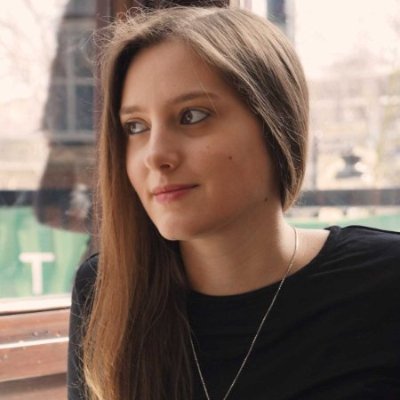Biases shape how people mentally represent social ties in their community, study suggests

Ingrid Fadelli
contributing writer

Gaby Clark
scientific editor

Robert Egan
associate editor

Throughout the course of their lives, humans are known to build social ties with various other individuals in their community. Past neuroscience and psychology studies suggest that as humans form bonds with others, they also mentally represent them in their minds, creating internal maps that outline the relationships between different members of their community.
Researchers at the Human Nature Lab and Yale University recently carried out a study aimed at better understanding how people mentally represent social networks, using data collected from residents of 82 villages in Honduras. Their findings, in Nature Human Behaviour, uncovered some biases in people's mental representation of connections between others, especially between people who belong to the same family.
"People not only form social networks, they construct mental maps of them," wrote Eric Feltham, Laura Forastiere and Nicholas A. Christakis in their paper. "We develop a sampling strategy to evaluate network cognition in 10,072 adults across 82 Honduras villages and systematically map the underlying village networks. In 17 villages, we also discern the genetic relatedness of all 1,333 residents."
As part of their study, the researchers surveyed 10,072 adults living across 82 villages in Honduras, collecting data related to their social connections, demographics and their beliefs about the social connections between others in their community. They also collected genetic data that confirmed the familial ties between 1,333 of the survey respondents, who lived in 17 of the 82 villages considered in their study.
Instead of only asking survey participants about their own social connections, as many behavioral scientists did in the past, they also asked them about the relationships between other people. This allowed them to gain new insight into how people perceive and internally map the social ties between others in their community.

"Observers overestimate the social interactions among kin and are 33.38 percentage points (J) more accurate in judgements of ties between non-kin (95% confidence interval: 31.27–35.49)," wrote Feltham, Forastiere and Christakis.
"Counterintuitively, observers had more accurate beliefs about non-kin pairs, especially when the observers were popular, middle-aged, or educated. Observers were less able to accurately judge ties across different religions or wealth. Individuals in villages that cultivate coffee, requiring coordinated effort, demonstrated greater bias to view networks as connected."
The results of the analyses carried suggest that people's mental representations of the connections between people around them are flawed. Specifically, they found that people often overestimate the closeness of other people's connections, especially family ties.
Many individuals believed that family members spent more time with each other than they did, while friendships and non-family ties appeared to be more accurately represented in their internal "maps." Moreover, people's judgements about others' social ties appeared to be more accurate when these others shared their same religion or had similar levels of wealth. Interestingly, the researchers also found that middle-aged, well-educated and well-connected people internally represented the connections between others more accurately.
"Overall, people inflate the number of connections in their networks and exhibit varying accuracy and bias, with implications for how people affect and are affected by the social world," explained Feltham, Forastiere and Christakis.
The findings gathered by this team of researchers shed new light on how people internally map ties within their community and on the biases that can reduce the accuracy of their mental representations. Future studies could build on these findings and investigate the extent to which these biases are widespread in other social contexts, such as urban environments or online communities.
Written for you by our author , edited by , and fact-checked and reviewed by —this article is the result of careful human work. We rely on readers like you to keep independent science journalism alive. If this reporting matters to you, please consider a (especially monthly). You'll get an ad-free account as a thank-you.
More information: Eric Feltham et al, Cognitive representations of social networks in isolated villages, Nature Human Behaviour (2025). .
Journal information: Nature Human Behaviour
© 2025 Science X Network



















